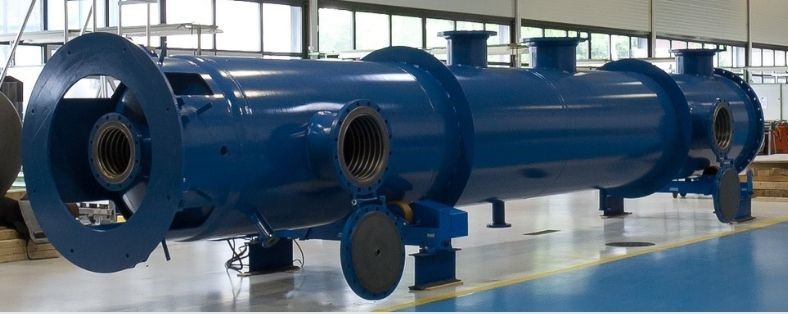
Tantalum columns design
In 1988, Cometec was established to design and manufacture tantalum process equipment for the most corrosive chemical applications. In 1998, Cometec was acquired by Mersen and was renamed Mersen Linsengericht “home of tantalum” in 2010
A Tantalum column will often be specified for chemical, petrochemical, oil & gas and other severe industrial manufacturing environments. These chemicals are frequently heated to very high temperature so that the material of construction should resist corrosion.
Tantalum columns should be considered for any applications whenever corrosion resistance is a major consideration and when longevity and reliability are required.
Accessories such as dip pipes or columns internals can be also manufactured out of tantalum.
Our 3200 m2 workshop allows the production of very large pieces of tantalum equipment (up to 4.4 meter in width and up to 4.2 meter in height, with a maximum weight of 20 tons).
Mersen offers both loose-lined and explosion-cladded tantalum columns.





